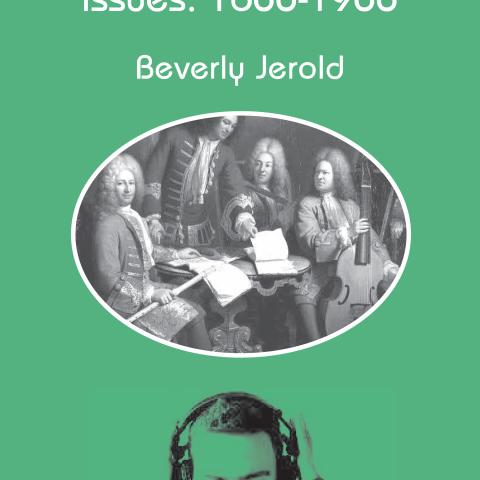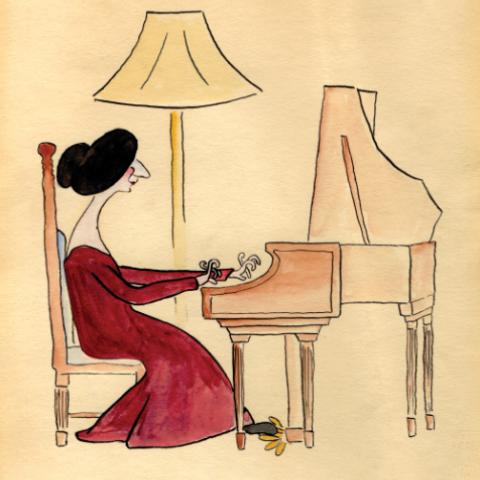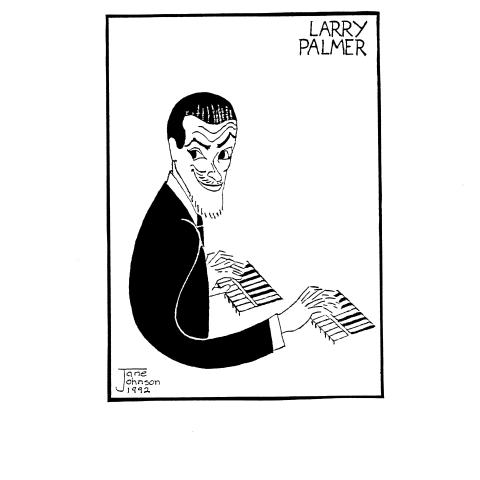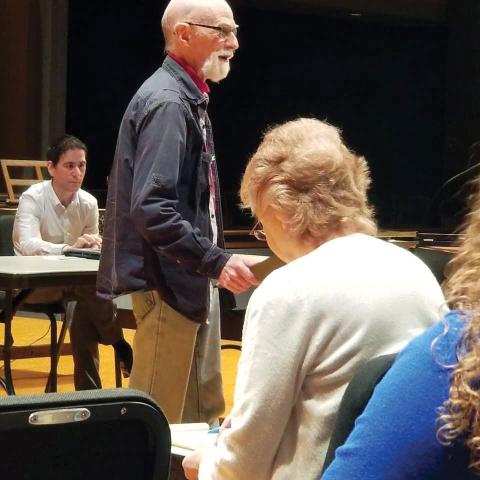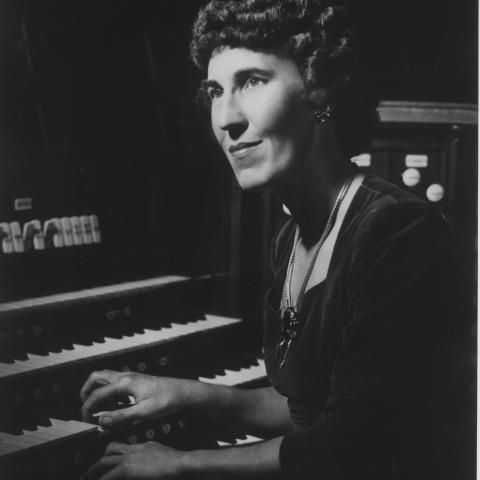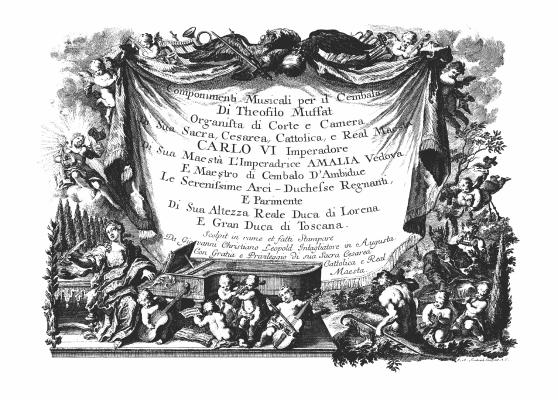
Gottlieb Muffat and his Componimenti Musicali
Since February is the shortest month (even though this leap year does add a twenty-ninth day), it seems right and proper to submit a shorter essay! After all, one must cram a month’s work into a shorter period, so there should be fewer words to read or write.
Way back in 2019, as I was searching for my autographed copy of Christopher Hogwood’s book on Handel, the tome next to it fell out of the bookcase. Since one of the joys of retirement is the gradual reading of many items that were not read previously, I opened the errant volume to see what it was all about. One hundred sixty-six pages in a format about the size of a choral anthem copy, the hardbound surprise was musicologist Friedrich Chrysander’s 1894 Handel Supplement V in English translation: its content, the listing of ample borrowings from the publication, Componimenti Musicali for Harpsichord (1739), that The Messiah’s composer found in this work by his fellow German Gottlieb Muffat (born in Passau in 1690, deceased in Vienna in 1770). Included in Chrysander’s interesting book was the whole content of Muffat’s delightful publication. Since I had never played even one single work by this composer, I read through the entire oeuvre of six enticing suites and a seventh stand-alone piece, Ciacona with 38 Variations. I will admit that I did not play every note in this final work, but the composition inspired me to go searching for my performance copy of Handel’s Chaconne in the same key of G major.
Perhaps it was the guardian angel who was on duty that day or just good fortune that was trying to equal the scales of justice after the recent tornado that caused so much damage to the section of Dallas in which I live, but the second score that I rescued from a pile of harpsichord music in a very large drawer was nothing less than Gottlieb Muffat’s Componimenti Musicali in a much larger print format—the Ut Orpheus Edition published in 2009 as a splendid volume edited by the late lamented early music specialist Christopher Jarvis Haley Hogwood (1941–2014)—an edition that includes yet one more welcome bonus: the first publication of another solo harpsichord work by Muffat—his seven-movement Suite in D Minor, Hogwood’s discovery, found in the library of the Berlin Sing-Akademie. Equally special is the note that I had placed in the front cover of this beautifully legible score: a note from former editor of The Diapason Jerome Butera, who had passed it on to me for reviewing.
Hogwood’s extensive introductory notes include his helpful remarks on the proper performance of various ornament signs as well as his tracing of the Componimenti Musicali’s historical significance and publication history. Especially fine is the larger size of the many, many notes in this more recent edition, a particular boon for those of us who, like me, may be having problems with aging eyes!
Do not hesitate to procure and utilize this tome of delightful music, compared by several noted performers to be the equal of works by François Couperin or of those by Muffat’s Viennese mentor, Fux. The Ut Orpheus Edition, published in Bologna, bears the ISBN number 979-0-2153-1639-3. I recommend it whole-heartedly.
So, dear readers, I wish you much happiness in this month of Saint Valentine, and may you fall in love with these delightful harpsichord pieces of Gottlieb Muffat—surely a gift both from and to the gods of musical happiness—and join me in programming at least one of the suites to help in spreading this worthy newfound joy.


